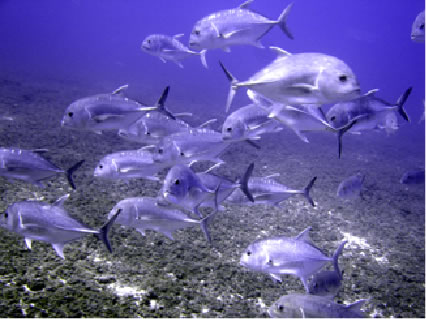
Figure 1. School of giant trevally (Caranx ignobilis) |
We are using an array of underwater listening receivers to study the long-term movements of giant trevally and answer key management questions, such as how far they range and what are their typical patterns of movement. This technology has already provided unprecedented insight into the scale and patterns of giant trevally movements in the remote North West Hawaiian Islands (Papahanaumokuakea Marine National Monument). Giant trevally at remote NWHI atolls are site-attached to home ranges where they swim back and forth daily between separate day and night habitats. During the full moons in summer, giant trevally migrate up to 30km to reach traditional spawning grounds where they form large aggregations. We are now using this system to determine whether giant trevally show similar patterns of behavior in the Main Hawaiian Islands (MHI).
